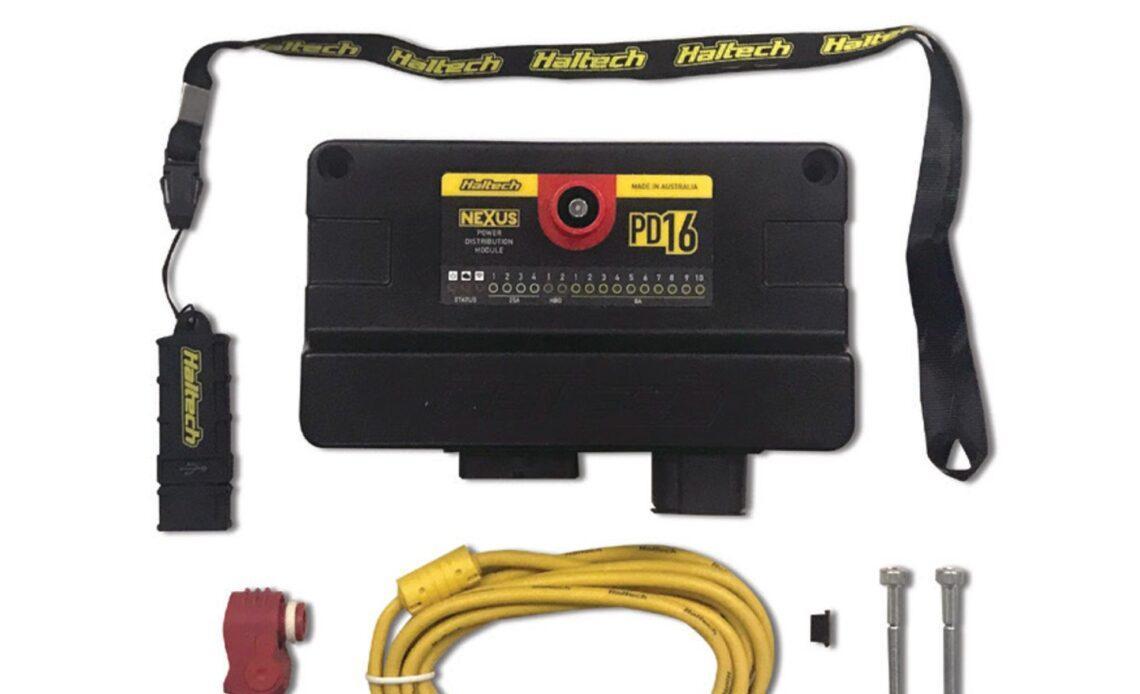If you’ve ever wired a race car from bumper to bumper, you know just how intricate of a process it really is. When you’re dealing with a race car that’s using an ECU there’s even more wiring required to make everything work, but that’s where a Power Distribution Module (PDM) can make things easier. In this article, Skylar Drake from Haltech breaks down what PDM is, and how the PD16 from Haltech expands what a PDM can do.
What Is A PDM And What Does It Do In A Race Car?
The concept of a PDM in a race car actually came from the OEM world originally. Most new cars use PDM modules to power the electrical systems that are a part of the vehicle. The high-performance aftermarket saw the value a PDM could add to a race car’s electrical system and adopted the technology. Companies have found ways to use PDMs to give racers more ways to control exactly what’s going on inside a race car.
PDMs are great if you want to cut down on the amount of wiring inside your race car. They bring everything into one central location.
“Much like an ECU is a computer that handles your engine and transmission, the PDM handles other functions such as lighting, pumps, and various powered accessories. In the simplest terms, think of it as a body control module for your race car. Unlike traditional aftermarket boards, there are no fusible links or relays. Instead, the PDM uses solid-state connections to turn on and power devices. This eliminates electro-mechanical failures. They are completely programmable, meaning you can change your triggers/switches all on the fly without any physical wiring,” Drake explains.
You can simplify a lot of the wiring inside the vehicle by using a PDM. – Skyler Drake, Haltech
Now that you know what a PDM is, it’s time to explore what role it can play in your race car.
A PDM is going to assist with eliminating potential failure points in a vehicle’s electrical system. The PDM replaces the need to use physical switches and buttons to…
Click Here to Read the Full Original Article at DragzineDragzine…

